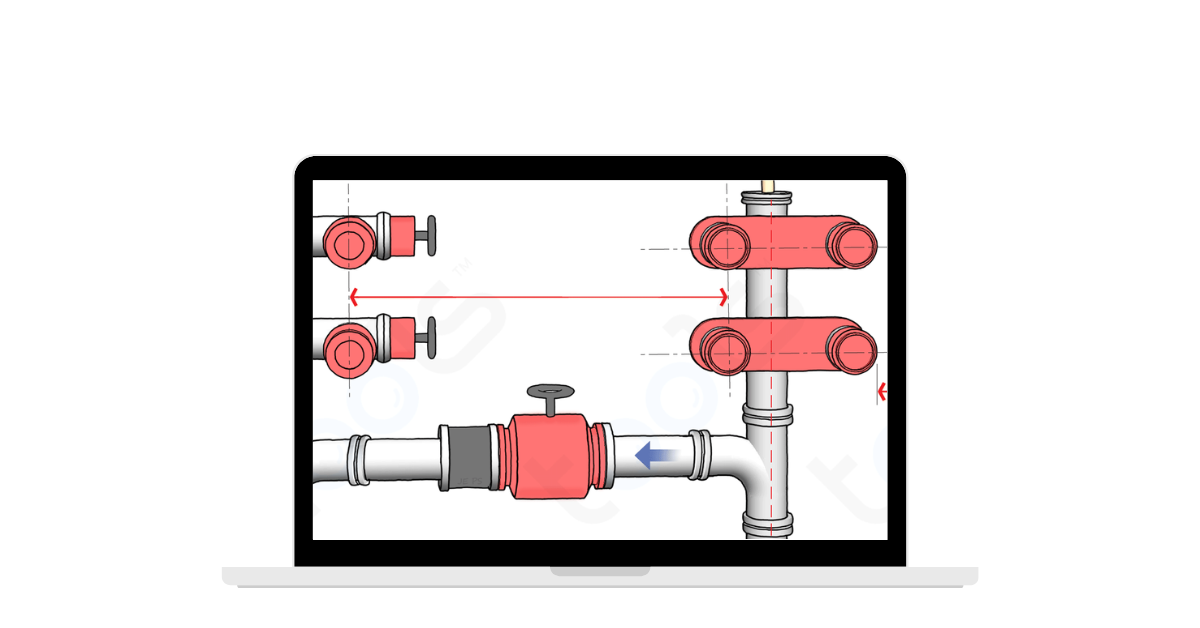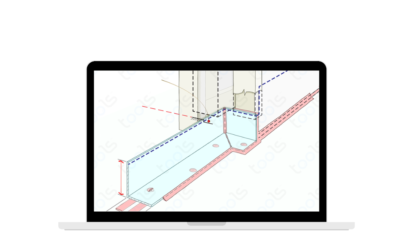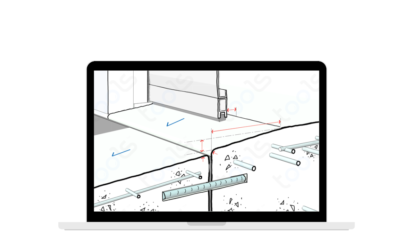Understanding the Importance of Fire Hydrant Booster Assemblies
When it comes to fire safety, there’s no room for assumptions. Every detail, from the placement of fire hydrant booster assemblies to the materials used, plays a crucial role in protecting lives and property. That’s why Tools™ is here to shed light on these essential components and simplify building codes for everyone’s benefit.
First things first, let’s talk about the significance of fire hydrant booster assemblies. These are like guardian angels in emergencies, ready to provide the extra water pressure firefighters need to combat blazes effectively. But placing them haphazardly won’t do. Here are some key rules to keep in mind:
- Strategic Placement: Fire hydrant booster assemblies should ideally be within sight of the main entrance. This ensures easy accessibility for firefighters during emergencies.
- Fire Rating Compliance: Walls within 2 meters of both sides and soffits within 3 meters of the finished floor level must adhere to fire rating standards. This helps contain fires and prevent them from spreading rapidly.
- Clearance Space: Maintain a 100mm clearance around the assemblies to ensure that valve handles can be easily accessed and operated when needed the most.
- Distance Considerations: There’s a correct maximum distance from attending fire appliances (trucks) and a minimum distance from high voltage lines that must be strictly adhered to for optimal functionality and safety.
Now, onto practical tips that can make a real difference:
- Quality Fixings: Reject all mild steel fixings. Opt for materials that are robust and corrosion-resistant to ensure the longevity and reliability of the assemblies.
- Durable Block Plans: The block plan must be UV resistant and securely mounted. This ensures that vital information remains legible and accessible even under harsh conditions.
Remember, investing in fire hydrant booster assemblies isn’t just about meeting regulatory requirements. It’s an investment in life safety. These systems can make all the difference during a fire emergency, potentially saving lives and minimising property damage.
But navigating through building codes and regulations can be daunting. That’s where Tools™ steps in to simplify the process. By transforming the National Construction Codes (NCC) into interactive graphics and incorporating deemed-to-comply and best practice information, Tools™ helps prevent costly mistakes and maximises efficiency in fire safety measures.
Understanding the importance of fire hydrant booster assemblies and adhering to regulations isn’t just a legal obligation—it’s a moral responsibility. By prioritising fire safety and utilising tools like Tools™, we can create safer environments for everyone. Let’s ensure that when it comes to fire emergencies, we’re prepared, informed, and ready to act decisively.

 2 min read
2 min read  10 May 2024
10 May 2024 






